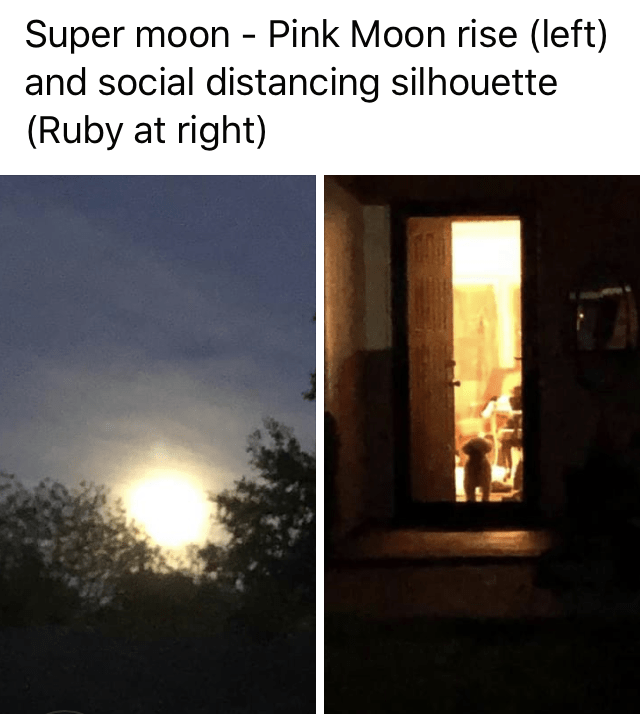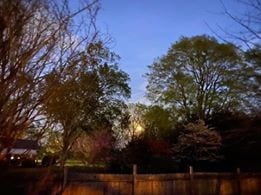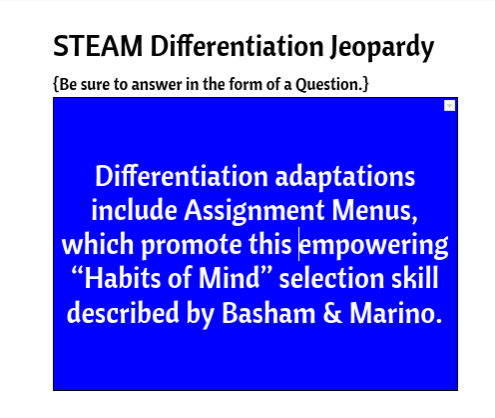Category: Current Research, IC4 Research, Post Feed, STEM
Tags: #stemvideohall, Dr. Eric Hamilton, Emerging Technologies, Helen Teague, IC4 Research, Informal Learning, Integrating STEM and CS, NSF Research, student-led instruction
For one week, starting Monday, May 11-18th, the STEM for All Showcase, highlighting various NSF-funded projects advancing STEM education, will be fully activated for engagement. This is a great way to see thinking in action and the interesting projects going on across the globe.
Check the IC4 research team’s video May 11-18th… you may want to visit periodically, contribute to the comments and ask questions. The comments will only be live during this week and archived for the future.

IC4 2021 STEM for all Video Showcase
Click here to see this video and over 280 videos supported by NSF funding grants.
Here is Information on the Research
NSF Awards: 1612824
How does collaborative STEM project-based learning change when the participating students represent fundamentally distinct cultures, countries, economic, and social backgrounds, and work together over synchronous and asynchronous internet settings? All the more timely during the current pandemic, the IC4 (ic4.site) projects seeks to understand and shape such learning through international and cross-cultural collaboration. The project continues to expand intellectually and geographically.
Does the use of videoconferencing in such STEM project-based learning settings alter intersubjectivity or shared meaning in ways that might have broad social impact?
Differences in where people live and in our cultures factor deeply into social and economic fractures in US and global society. Can students working together across such boundaries experience virtual presence and shared meaning-making through project collaborations in ways that allow deeper appreciation of each other’s differences, and reduce such fractures?
Does such collaboration from the context and comfort of one’s own cultural settings helped to neutralize anxiety and distrust of others, and in ways that are promising for the next generation learning settings that will feature more abundant international collaboration at middle and secondary school levels?
Featuring students who collaborate with one another from sites in the US, Kenya, Mexico, and Brazil, the IC4 (International Community for Collaborative Content Creation) project explores the intersection of learning, culture, and collaboration. Supported by NSF’s AISL Program, the project provides an international, collaborative, and digital makerspace that explores these questions and seeks to understand how student learning changes when collaborating teams identify themselves as teachers seeking to help peers understand STEM topics.
NSF Awards: 1612824
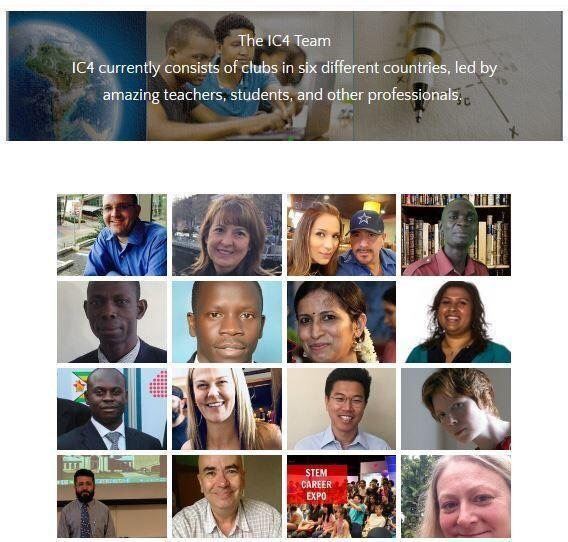
An NSF Project
This project, supporting students who collaborate in digital makerspaces in six countries, is funded by the Advancing Informal STEM Learning (AISL) program of the US National Science Foundation (NSF) Award #1612824.
Also, check out other projects in the Showcase, at least two or three, and provide some comments to them. Dialogue and exchange adds to our awareness of innovations in our learning landscape.

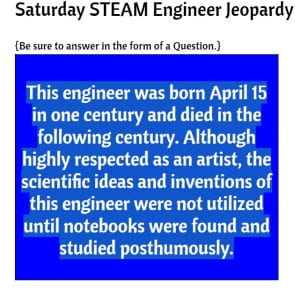
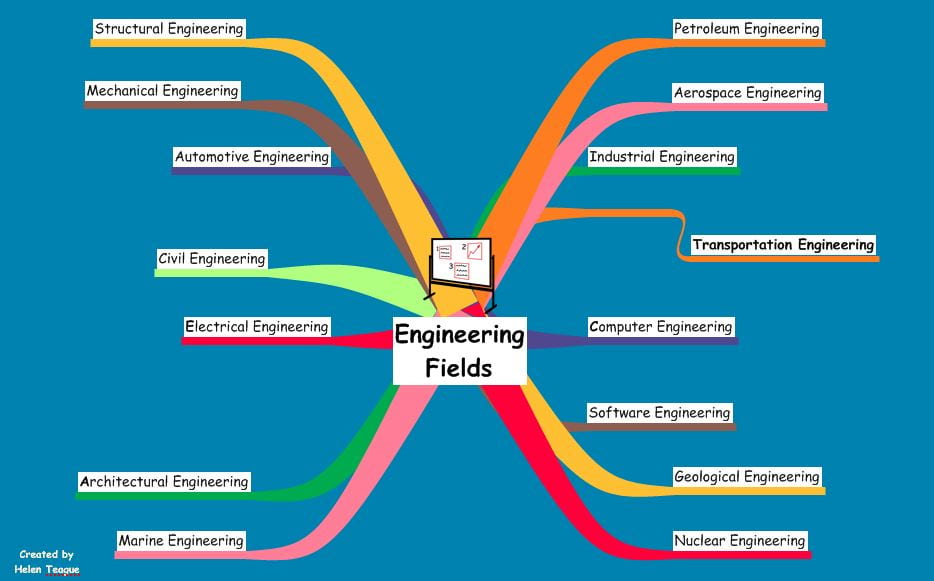
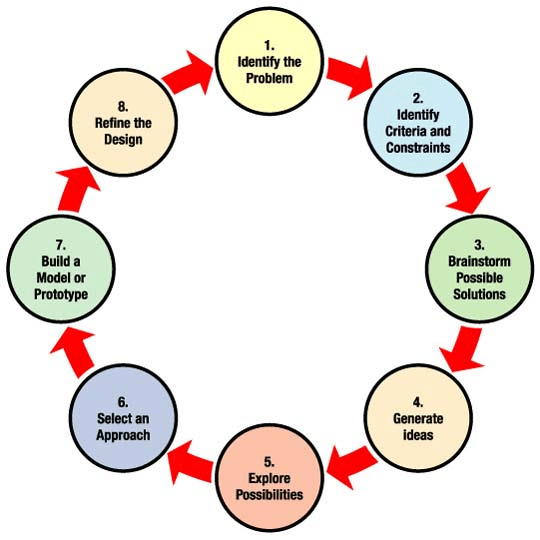



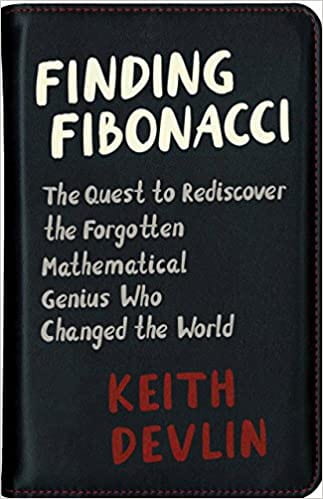
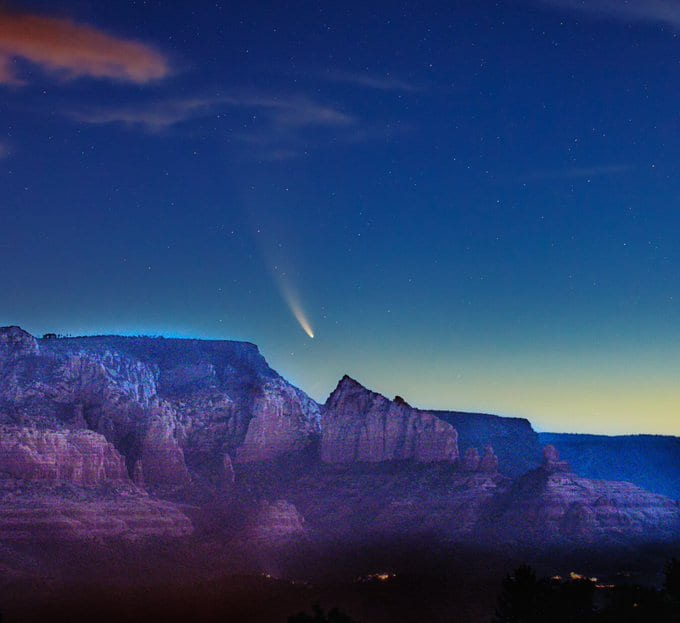
 Tonight brings the brightest moon of 2020!
Tonight brings the brightest moon of 2020!